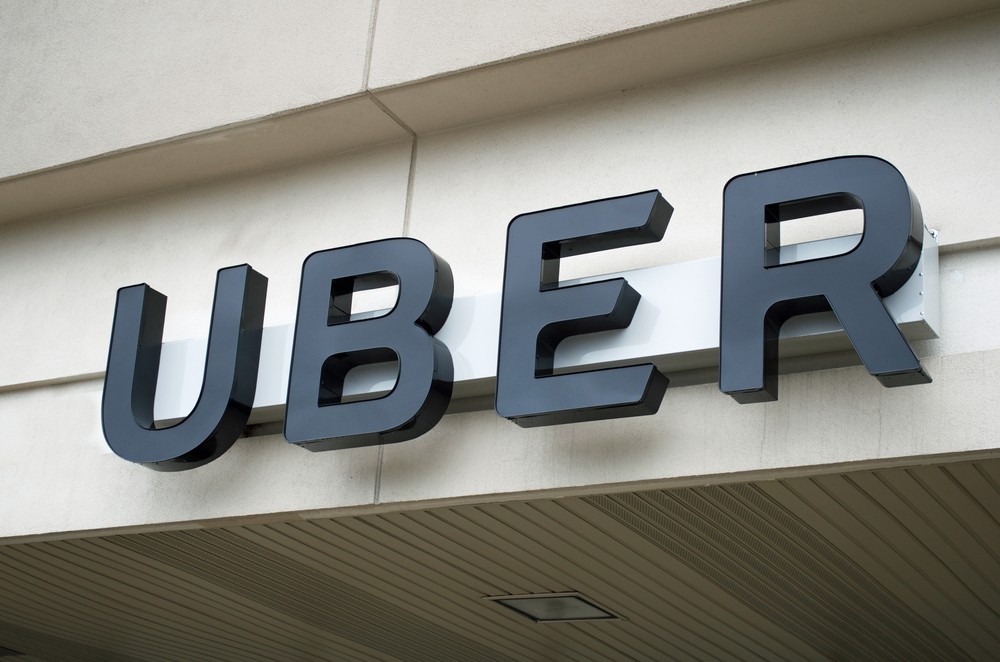Simmering tensions between drivers and ride-hailing companies are flaring again, as drivers in major cities across the US and the UK threatened strikes on Wednesday over low wages and unstable working conditions.
Billed as an international protest in advance of Uber Technologies’ planned initial public offering this week, drivers in London and nearby cities said they would turn off their apps at 7 a.m. on Wednesday. In the US, driver groups in Boston, Los Angeles, New York, San Francisco and other large cities said they would participate in the strike and encouraged users to boycott the apps as well. There was little initial evidence of a lack of drivers in London, one of Uber’s largest markets, with the app showing numerous rides available around the capital’s financial district. However, the threat of protests captured the attention of local politicians, with UK opposition leader Jeremy Corbyn tweeting that “Uber cannot be allowed to get away with huge payouts for their CEOs while refusing to pay drivers a decent wage and respect their rights at work.”
At issue are long-standing disputes between the ride-hailing companies and professional drivers, who say the platforms have made it difficult to make a living in the industry. Demands from the New York Taxi Workers Alliance, which largely echoed other groups, included boosting job stability by ending “unfair deactivations,” raising driver pay and increasing regulation of fares while guaranteeing drivers a larger cut. Some organizers also called for drivers to be classified as employees, a move that would have profound implications for the ride-hailing business model if enacted by governments.
The protests will be familiar to anyone who was following Lyft’s IPO, which valued the business at $25 billion in March. As the company pitched itself to investors, protesters attempted to picket the company’s roadshow, and drivers went on strike in San Diego and Los Angeles.
But the spectacle around Uber is expected to be even bigger. The company, which is expected to begin trading on the New York Stock Exchange on Friday, has demand to sell as much as $9 billion worth of stock in a deal that would value the business at $84 billion. It’s likely to be one of the 10 largest IPOs of all time in the US.
Gestures of goodwill by Lyft and Uber to offer IPO stock to their most loyal drivers haven’t eased tensions. The deals rankled drivers groups, which accused the companies of profiting off drivers’ misfortune. In a statement, UK organizer Yaseen Aslam said Uber’s IPO would amount to an “unprecedented international orgy of greed as investors cash in on one of the most abusive business models ever to emerge from Silicon Valley.”
Uber said in a statement on Tuesday that “drivers are at the heart of our service—we can’t succeed without them.” The company also said it would “continue working to improve the experience for and with drivers” and that those efforts could include moving toward “more consistent earnings, stronger insurance protections or fully-funded four-year degrees for drivers or their families.”
But there appears to be no easy way to satisfy both drivers’ calls for higher wages, and investors’ demands that Uber eventually make money. The company had an operating loss of about $3 billion last year, and its growth rate has slowed in recent quarters, indicating that margins may have to increase significantly for it to turn a profit. In its IPO filing, Uber said it had paid $837 million in “excess driver incentives” last year. In the risk section of its filing, the company said: “As we aim to reduce driver incentives to improve our financial performance, we expect driver dissatisfaction will generally increase.”
Those profit goals—and the specter of Uber increasing its cut of fares—have worried drivers who already feel undercut by ride-sharing platforms. In a statement, the Independent Workers Union of Great Britain called Uber’s business model “unsustainable.”
Wednesday’s strikes will correspond with protests at several Uber offices, including at the company’s headquarters in San Francisco. The group Gig Workers Rising promised to picket Uber’s headquarters at noon on Wednesday and follow the demonstration with a 12-hour boycott. In New York, in addition to the morning strike mounted by other drivers, the Independent Drivers Guild said it would lead a procession of vehicles across the Brooklyn Bridge, ending with protests outside a building in Queens where both both Uber and Lyft have driver hubs.
The protests could complicate commutes in several of the world’s largest business centers. In London and other UK cities, organizers are calling for a strike that would last from 7 a.m. to 4 p.m. While the boycott in New York will last only through the morning rush hour, drivers’ groups in Boston and Los Angeles are encouraging members to turn off their apps for the full day.










